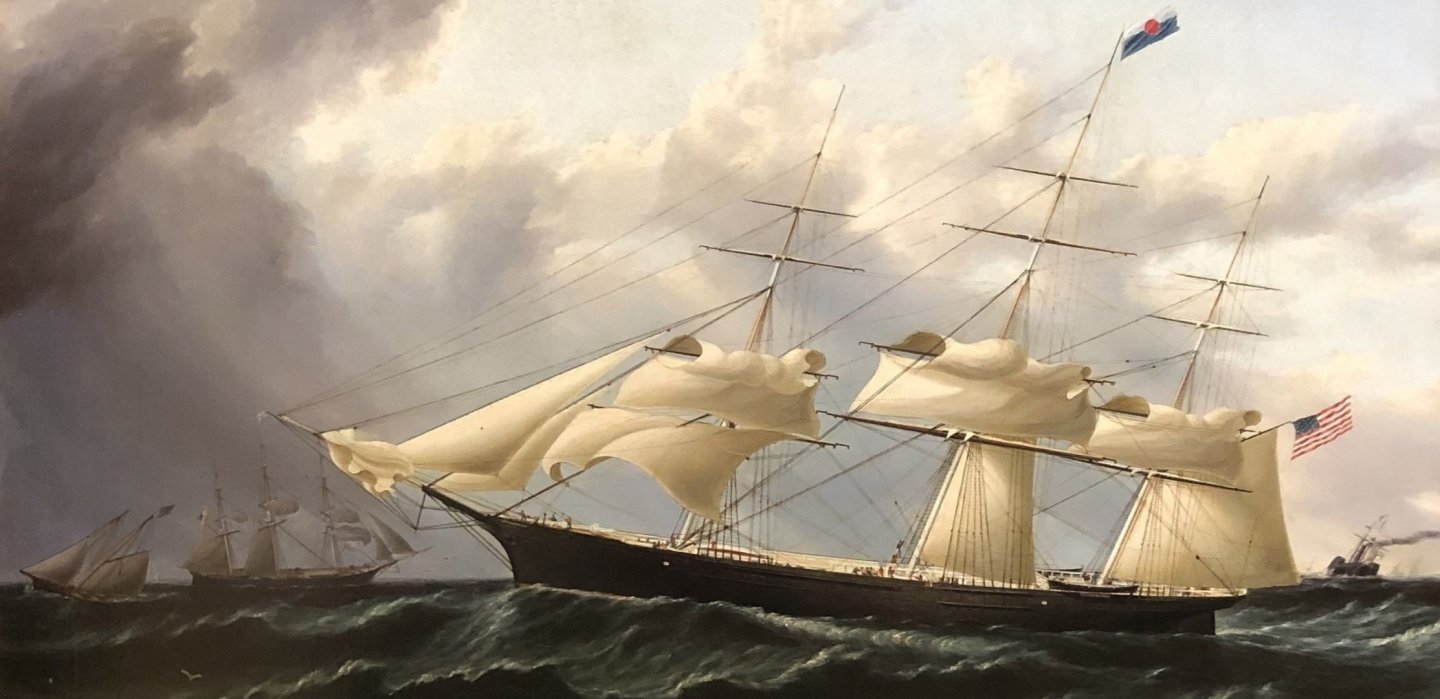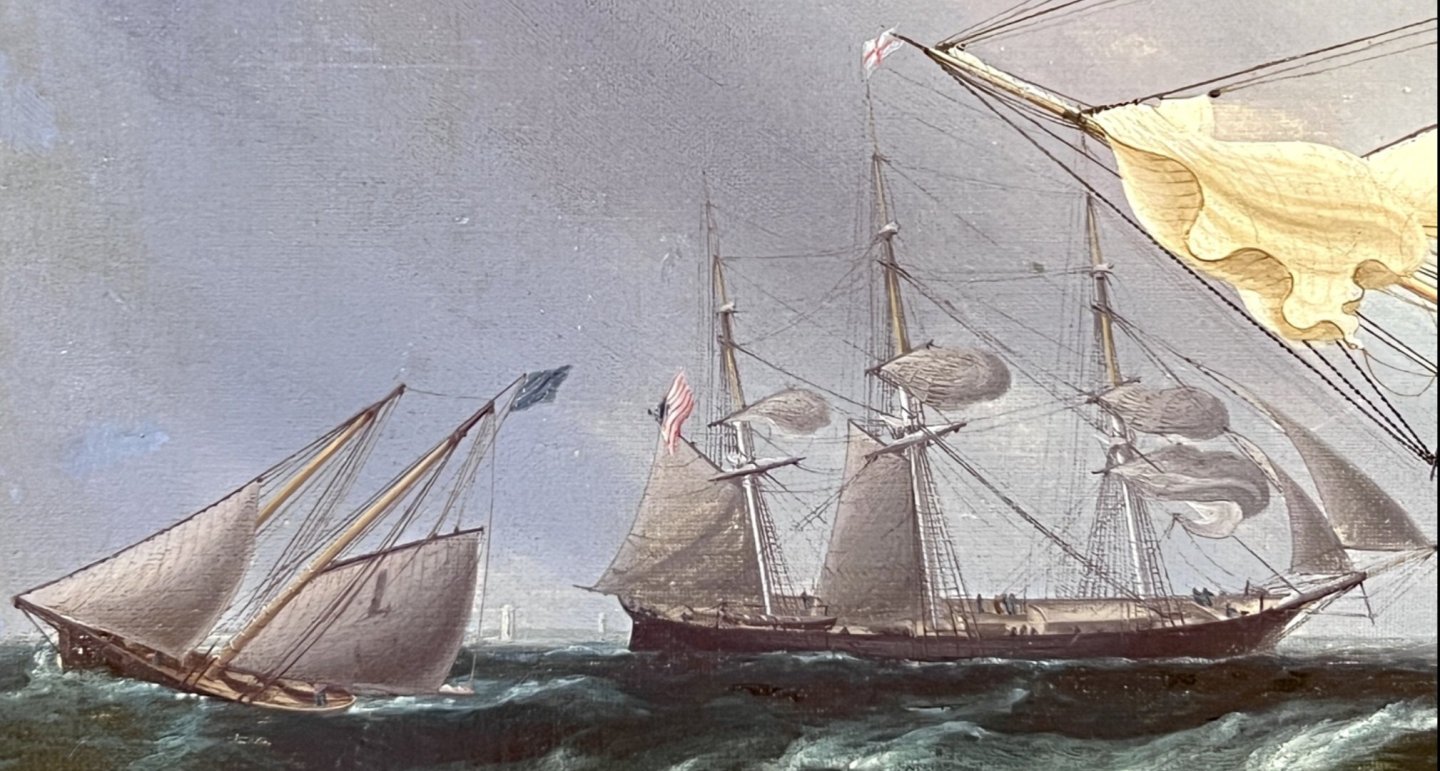-
Posts
2,168 -
Joined
-
Last visited
About ClipperFan

- Birthday 11/15/1952
Profile Information
-
Gender
Male
-
Location
Torrington, Connecticut
-
Interests
All sailing vessels.
Particularly American & British Clippers, Donald McKay's crafts being my personal favorites
Recent Profile Visitors
-
 rwiederrich reacted to a post in a topic:
Flying Fish by Michael Collins - 1:36.7 - from 1951 Model Shipways plans
rwiederrich reacted to a post in a topic:
Flying Fish by Michael Collins - 1:36.7 - from 1951 Model Shipways plans
-
@rwiederrich revisiting this fascinating, somewhat controversial subject is necessary to convince our general modeling public that this is a rediscovery overdue by almost two centuries! Staghound Donald McKay's "Pioneer craft of the California Clipper Fleet" as so eloquently described by his admiring son Cornelius is rapidly approaching the 175th Anniversary of her launch on December 21st, 1850. Attached is a rare photograph of the 1869 medium clipper Great Admiral also launched in Massachusetts. Image comes from the South Australian Maritime Museum. She has an impressively built, lavishly embellished, carved cutwater with a larger-than-life full figurehead of Admiral Farragut but note the absence of the substantial navel hood typically described on McKay's clippers. For comparison, here's a1900s port bow view of the bow on Glory of the Seas. The upper triangular nautical device actually extends her prow up and over her Grecian goddess figurehead which rests her feet on a gracefully curving cutwater. Originally it too was adorned with carved elements, ornamented with gold leaf. Due to an accident most of that has been lost but the cutwater itself was undamaged. I've also found a Samuel Walters painting of the Black Ball Australian clipper Lightning which while hard to see also shows she had a white female winged figurehead, with navel hoods and cutwater. Due to an overzealous cleaning effort, the picture is washed out and faded but some details remain. A detail of an 1854 Lightning lithograph looks almost identical in her bow treatment to the Walters piece. Meanwhile, as further support of the ornateness of McKay's clippers, here's Michael Mjelde's 1970 after house front fascia sketch, my 2022 sketch of the same area and a 1911 photo of the actual structure while she was being refit. There's a 3-foot overhang to protect the front entrance. The Buttersworth Flying Fish piece, commissioned to celebrate her 1852-53 "Great Deep Sea Derby" win also reflects a far more ornate front fascia on her rear coach house than portrayed in contemporary plans. Note too: there's no raised central entrance, it's all of the same height with a slight curve. Finally, here's a 1912 Glory of the Seas stern photo taken while she was docked in Alaska. While much of her deck structure has been altered with unsightly added factory buildings, her original rear coach house profile is visible just forward of her aft wheelhouse. Clearly her coach house walls gracefully narrow to match the outer hull bulkhead configuration, leaving equidistant working space for crew on both sides. This is how the rear coach houses would appear on all of McKay's clippers, including Flying Fish, Sovereign of the Seas, Westward Ho! and a host of others. Contemporary plans have this wrong too, as they show rectangular structures impeding on working space as the rear poop deck hull narrows or in the case of Sovereign of the Seas, a ridiculously tiny box structure which makes no sense at all. One other fact we learned is that deck hatchways were wider across the deck and shorter fore and aft. Just a few of the discoveries we've made evaluating McKay's final clipper.
-
 ClipperFan reacted to a post in a topic:
Flying Fish by Michael Collins - 1:36.7 - from 1951 Model Shipways plans
ClipperFan reacted to a post in a topic:
Flying Fish by Michael Collins - 1:36.7 - from 1951 Model Shipways plans
-
@Michael Collins reconstructing Glory of the Seas was an incredibly informative experience. We couldn't have possibly proceeded as far as we did without the invaluable contributions of our spiritual mentor, author Michael Mjelde. I particularly feel like McKay's well documented final clipper is "the Rosetta Stone" for all of his clippers. I have more accuracy for his clipper Sovereign of the Seas too. The Currier print is a copy of this beautiful Buttersworth piece located at the Old State House Museum, Boston, MA. The original framed image is from Wikipedia, 2nd is my corrected one, 3rd is an unframed one, 4th is the only copy of a hand drawn plan of the clipper Lightning by Donald McKay himself. Note: open space at the bow where her cutwater and navel hoods would be. As I said before, all models of Sovereign of the Seas are also inaccurate, for more than one reason. Butterworth's and the Currier print both repeat the same mistake. There's no way the merman's tail would extend horizontally across a vessel's bow like this. 6th, I did a conceptual sketch showing how Neptune's real figurehead's tail would have more likely followed her cutwater extension with the upper torso being attached to the navel hood above. The other major error involves a misinterpretation of the size of her rear coach house. It's ridiculously small. In reality, the coach house occupied the entire rear poop deck, narrowing like the one on Glory of the Seas did, leaving 5' walkways on both sides with sufficient space aft for working the ship. Spurling gets this area right, including a safety rail that surrounded the roof with a rear companion offset to port. A 5th image from Wikipedia has a port stern broadside of her. Her rigging now reflects conversion to Howes split lower and upper topsails.
-
@Michael Collins The top Buttersworth piece is of the 1853 clipper Black Warrior, Damariscotta, Maine. It features a larger than life sized full color female native american warrior. I had an opportunity to view this piece in person when I visited the Hyland Granby Antiques, Hyannis, MA. Here's a link to their site: Clipper Ship "Black Warrior" by James E Buttersworth, American circa 1853, (29 x 35 3/4) - Inventory - Hyland Granby The other two works are of the Flying Fish. Rarely does Buttersworth depict all yards mounted, since often the skysail yard would be taken down in rough weather.
-
ClipperFan started following Michael Collins
-
@Michael Collins I was asked to, as it were add my 2c to this conversation regarding what @rwiederrich and I now refer to as the unique McKay bow construction. Reading the in-depth Boston Daily Atlas write ups by Duncan McLean (a Scottish sailor and friend of Donald McKay) led me to discover that compared to his historic descriptions, not one of our modern McKay clipper ship models are accurate! That's because the only part of a prow they model is a bare stem. Both the cutwater extension of the stem and twin navel hoods which overlay and protect the cutwater have consistently been left off. Photographic proof of these very rugged devices are now clearly evident in multiple, crystal clear images of McKay's final clipper Glory of the Seas. In a way, Donald McKay has been so successful in hiding his secretive prow that he's become a victim of his own jealously guarded secret. From the beginning, in his first description of the vessel Stag Hound, McLean mentions a cutwater and hood ends but it's easy to overlook. However, in his write up of the famous clipper Flying Cloud McLean gets more descriptive and for the first time refers to these devices as navel hoods. To be clear, these prow extensions are nothing like naval hoods which essentially protected anchor hawse holes before advent of iron rings. Rob and I have concluded that since this unique McKay prow design was present in his premier extreme clipper and is clearly visible on his final medium clipper that this was a practice he incorporated in all of his clippers. One exception was his 4 decked 4 masted clipper-bark Great Republic. It stands to reason, since she had an entire additional deck, her height made need of the navel hoods unnecessary. I've attached all 4 pages of the Boston Daily Atlas which brings up another issue that model plans have gotten wrong. Main rail height of 4'6" on Flying Fish was one of the lowest for a McKay clipper. This required accommodations for a watch of the crew to be arranged below deck. This is actually described in the Boston Daily Atlas article. It describes 2 companions in the wings of the forecastle, leading to quarters below where there are 2 water closets (WCs) ahead of the stairs. These quarters are described as lofty, well-lit and ventilated. Since the height of the forecastle deck was set at the main rail height, that means the underside of the fore deck would have been just under 4'3".... little more than a crawl space. This means the windlass also would have been mounted below. The forecastle bulkhead would have been fully enclosed with windows, similar to those seen on the aft coach house, as illustrated in the Buttersworth piece. In the order I attached images: first 4 are the McLean article, then is an actual tracing of Flying Fish from a museum in Norway, my scale overlay of how McKay's original bow would appear, a more realistic ornate flying fish figurehead, then 2 historic scenes of Glory of the Seas, 3 details of the Buttersworth work. Note: the coach house front facade is more ornate then plans treat this area which is consistent with photos we have of this coach house, the prow in the artwork is more pronounced than the bare stem in the plan and finally is my reconstruction of the Stag Hound forecastle also attached for reference. We also know for a fact that the aft coach house narrows to match the outer hull, the rear coach house companion is offset to port and lubbers holes are much larger than plans show.
-
 aaronc reacted to a post in a topic:
Flying Fish by Jared - FINISHED - Model Shipways - 1:96
aaronc reacted to a post in a topic:
Flying Fish by Jared - FINISHED - Model Shipways - 1:96
-
@Rick310 these James E Buttersworth pieces are some of my favorite works by him. He seemed to have a particular affinity for the magnificent vessels of Donald McKay as his beautiful portrayals are some of the most inspirational best I've seen. One observation about the Staghound image. It's documented that she had 5 sails for each mast: course, topsail, topgallant, royal and skysail. I've read that in stormy weather it was a normal practice to ship the uppermost yard to the deck to lighten the load on masts and prevent damage to spars. What's amazing is that she set a record apparently without full use of her suit of sails.
-
Here's a headline confirming March 21st, 2025 donation of a large Buttersworth Staghound oil to the US Customs House Museum, Newburyport, MA. It looks even more impressive in this picture. The pilot boat clearly has the no 5 on her mainsail. Meanwhile I used cell phone filters and editing to approximate the original appearance of the dirty Forsythe-Wickes collection auction piece. It too has a pilot boat with no 5 on her. Compared to the cleaner piece at Princeton University, it looks like a fair approximation. Except now the pilot boat has no 3 on her. Finally, my favorite work with more background vessels has a pilot boat with the letter "L" on her, go figure.
-
 Paul Le Wol reacted to a post in a topic:
Flying Fish by Jared - FINISHED - Model Shipways - 1:96
Paul Le Wol reacted to a post in a topic:
Flying Fish by Jared - FINISHED - Model Shipways - 1:96
-
 Paul Le Wol reacted to a post in a topic:
Flying Fish by Jared - FINISHED - Model Shipways - 1:96
Paul Le Wol reacted to a post in a topic:
Flying Fish by Jared - FINISHED - Model Shipways - 1:96
-
 Paul Le Wol reacted to a post in a topic:
Flying Fish by Jared - FINISHED - Model Shipways - 1:96
Paul Le Wol reacted to a post in a topic:
Flying Fish by Jared - FINISHED - Model Shipways - 1:96
-
@sheepsail thanks for pointing this out. It's noteworthy that there has been only one Buttersworth Flying Fish commemorative work, one possibly two Great Republic and a couple notably different Sovereign of the Seas pieces. We now have identified at least three up to five (?) very similarly posed of Staghound. Three have detailed provenance, two in reputable museums and are prominently featured in respected publications. It's suspicious that there appear to be so many duplicates of this one subject but how can you tell which are authentic and which are forgeries?
-
 ClipperFan reacted to a post in a topic:
Staghound 1850 by rwiederrich - 1/96 - Extreme Clipper
ClipperFan reacted to a post in a topic:
Staghound 1850 by rwiederrich - 1/96 - Extreme Clipper
-
 Kenchington reacted to a post in a topic:
Staghound 1850 by rwiederrich - 1/96 - Extreme Clipper
Kenchington reacted to a post in a topic:
Staghound 1850 by rwiederrich - 1/96 - Extreme Clipper
-
Trevor, the title I supplied came directly from the museum's display. I agree more with your description which is more informative. The alternate work has a blue flag with white stars on it and it appears that the pilot boat does too. There's now two works that appear to depict the pilot schooner Mary Taylor which supports your conclusion that these are scenes of Stag Hound off Sandy Hook. My favorite Buttersworth piece remains the South Street Seaport work which has a more refined feel to it.
-
 Kenchington reacted to a post in a topic:
Staghound 1850 by rwiederrich - 1/96 - Extreme Clipper
Kenchington reacted to a post in a topic:
Staghound 1850 by rwiederrich - 1/96 - Extreme Clipper
-
Trevor, you bring up an intriguing suggestion. A closer look at the Pilot boat from another recently listed JEB piece (work no 5?) reveals a remarkable resemblance to the George Steers' schooner Mary Taylor. In which case, it might very well represent culmination of a circumnavigation by the Stag Hound.
-
 Snug Harbor Johnny reacted to a post in a topic:
Staghound 1850 by rwiederrich - 1/96 - Extreme Clipper
Snug Harbor Johnny reacted to a post in a topic:
Staghound 1850 by rwiederrich - 1/96 - Extreme Clipper
-
 Snug Harbor Johnny reacted to a post in a topic:
Staghound 1850 by rwiederrich - 1/96 - Extreme Clipper
Snug Harbor Johnny reacted to a post in a topic:
Staghound 1850 by rwiederrich - 1/96 - Extreme Clipper
-
Hi Trevor, the observation of a Norwegian flag came from a fellow Facebook poster. I personally never heard of Stag Hound venturing there but thought the observation might be credible. Your interpretation makes far more sense. Here's the write up which accompanied the image. There's mention of her making a journey from San Francisco to Honolulu in 8 days, 20 hours shaving off 3 days from a previous record. The small sloop with number 5 on the mainsail is clearly a pilot boat, so the ensign on the foremast truck makes more sense it's a signal flag to them.
-
 Jared reacted to a post in a topic:
Flying Fish by Jared - FINISHED - Model Shipways - 1:96
Jared reacted to a post in a topic:
Flying Fish by Jared - FINISHED - Model Shipways - 1:96
-
Around April this year, Customs House Museum, Newburyport, Mass. shared a newly acquired piece: "Clipper Ship Staghound with partially furled sails” by James E. Buttersworth, ca. 1855. Of note for this work is her apparent destination to Norway, as signified by the Norwegian ensign at the foremast truck. Counting works by the same artist at South Street Seaport, NYC, another at Princeton, NJ a third auctioned from an as yet unidentified location and this work makes four now. Fascinating.
-
@Jared I remember you discussing your frustration with the brittleness of some of your masts. Seeing the relative thinness of the topgallant masts, it reinforces necessity of having sturdy stock to model such spars. You're also right that both starboard and port broadsides don't show such a noticeable difference. I was really more concerned that the photographic process was introducing a distortion to your actual model that wasn't there.
- 431 replies
-
- Flying Fish
- Model Shipways
-
(and 2 more)
Tagged with:
-
@Jared there's an apparent anomaly in some of your fore and aft focus stack images. The fore topgallant mast seems to have a noticeable bow instead of being straight. Is this on the actual model or an effect of the photographic process?
- 431 replies
-
- Flying Fish
- Model Shipways
-
(and 2 more)
Tagged with:
-
 ClipperFan reacted to a post in a topic:
Flying Fish by Jared - FINISHED - Model Shipways - 1:96
ClipperFan reacted to a post in a topic:
Flying Fish by Jared - FINISHED - Model Shipways - 1:96
-
@Jared beautifully done focus stacked images. You're all set for the next model ship world contest, whenever that is announced. The other option in the contest is to provide 4 additional builder's choice photos. Thanks for the focus stacked photographic tutorials. I'm also very curious as to the new Google Gemini tool. Fascinating possibilities. I hope you had an enjoyable Thanksgiving holiday.
- 431 replies
-
- Flying Fish
- Model Shipways
-
(and 2 more)
Tagged with:
-
@Jared you did an incredibly effective job with the limitations you described. As we both wrote, the generated images are quite reminiscent of John Stobart's historically active pieces.
- 431 replies
-
- Flying Fish
- Model Shipways
-
(and 2 more)
Tagged with:
About us
Modelshipworld - Advancing Ship Modeling through Research
SSL Secured
Your security is important for us so this Website is SSL-Secured
NRG Mailing Address
Nautical Research Guild
237 South Lincoln Street
Westmont IL, 60559-1917
Model Ship World ® and the MSW logo are Registered Trademarks, and belong to the Nautical Research Guild (United States Patent and Trademark Office: No. 6,929,264 & No. 6,929,274, registered Dec. 20, 2022)
Helpful Links
About the NRG
If you enjoy building ship models that are historically accurate as well as beautiful, then The Nautical Research Guild (NRG) is just right for you.
The Guild is a non-profit educational organization whose mission is to “Advance Ship Modeling Through Research”. We provide support to our members in their efforts to raise the quality of their model ships.
The Nautical Research Guild has published our world-renowned quarterly magazine, The Nautical Research Journal, since 1955. The pages of the Journal are full of articles by accomplished ship modelers who show you how they create those exquisite details on their models, and by maritime historians who show you the correct details to build. The Journal is available in both print and digital editions. Go to the NRG web site (www.thenrg.org) to download a complimentary digital copy of the Journal. The NRG also publishes plan sets, books and compilations of back issues of the Journal and the former Ships in Scale and Model Ship Builder magazines.




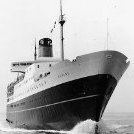
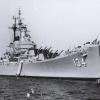
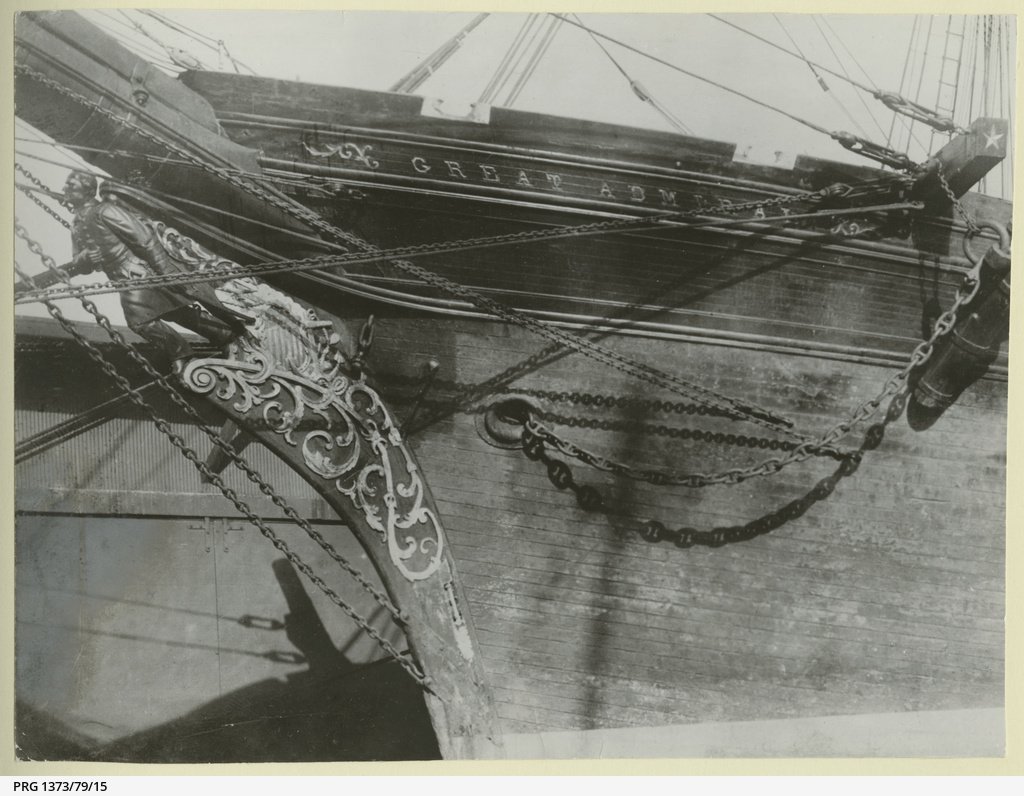
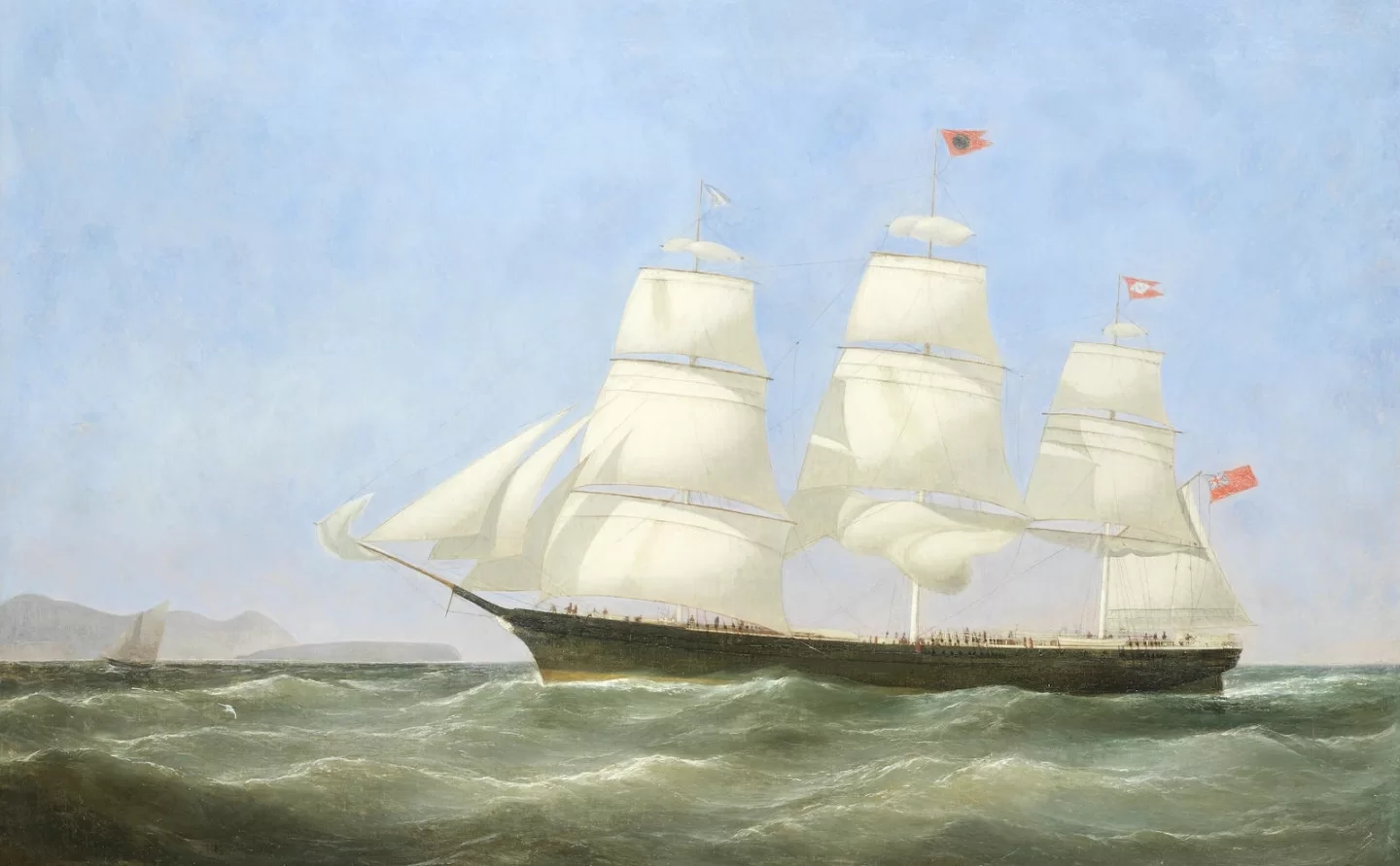
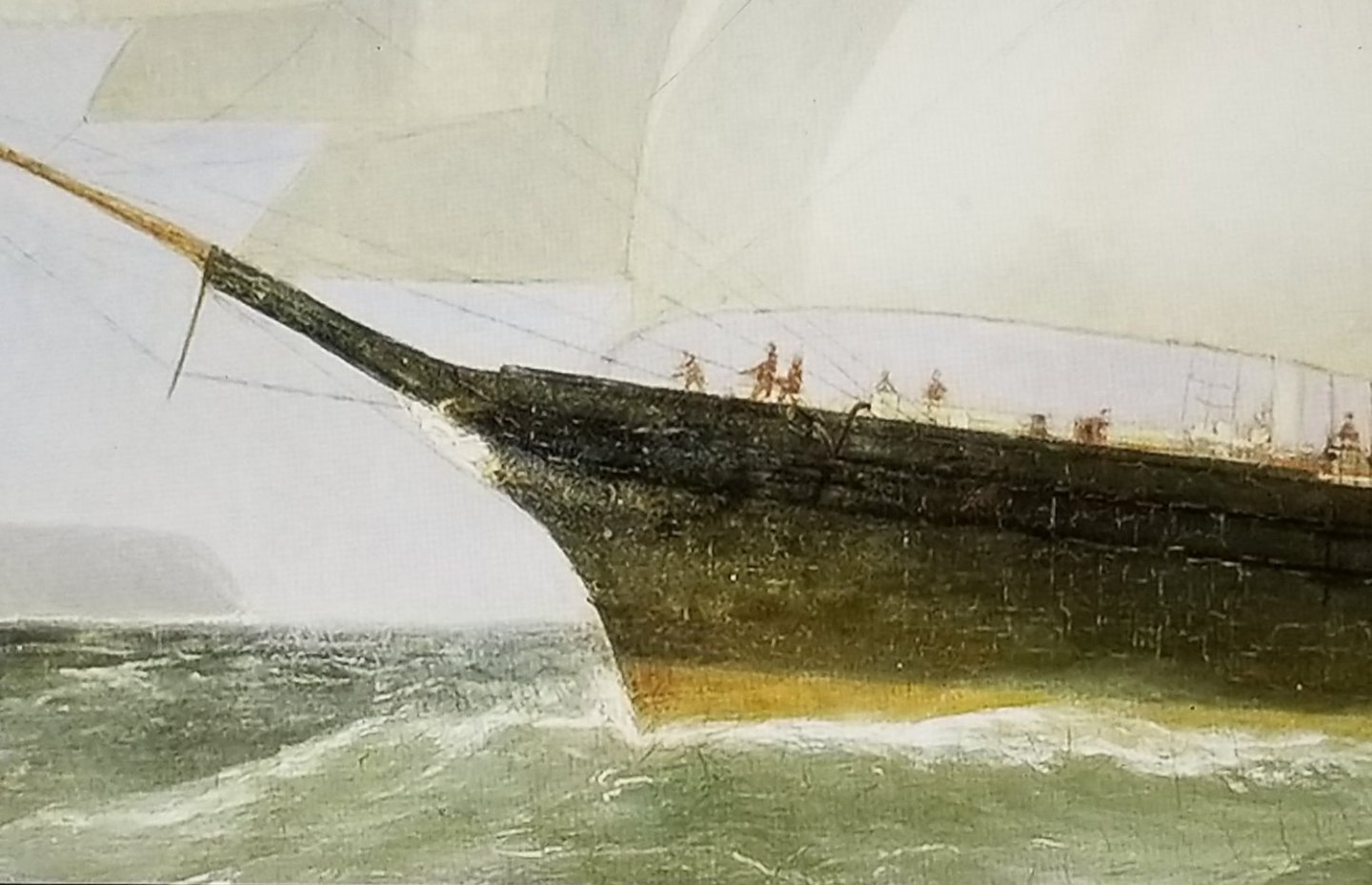
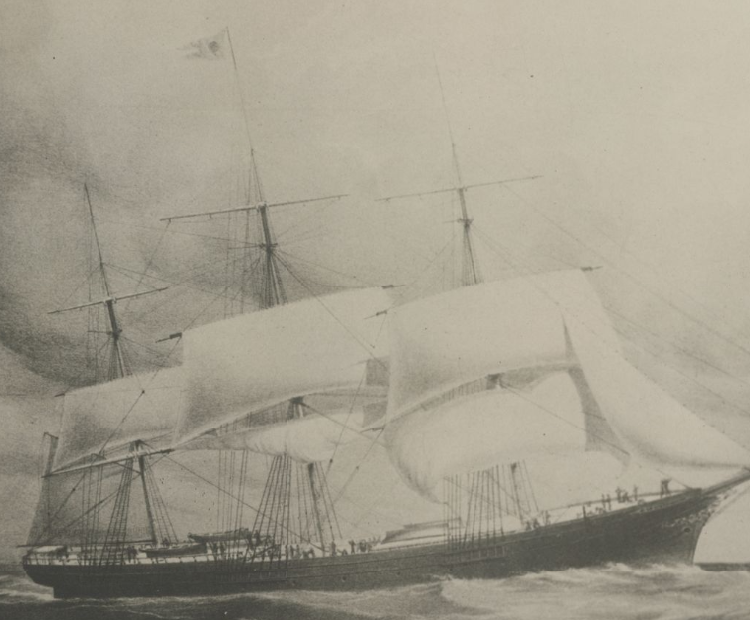
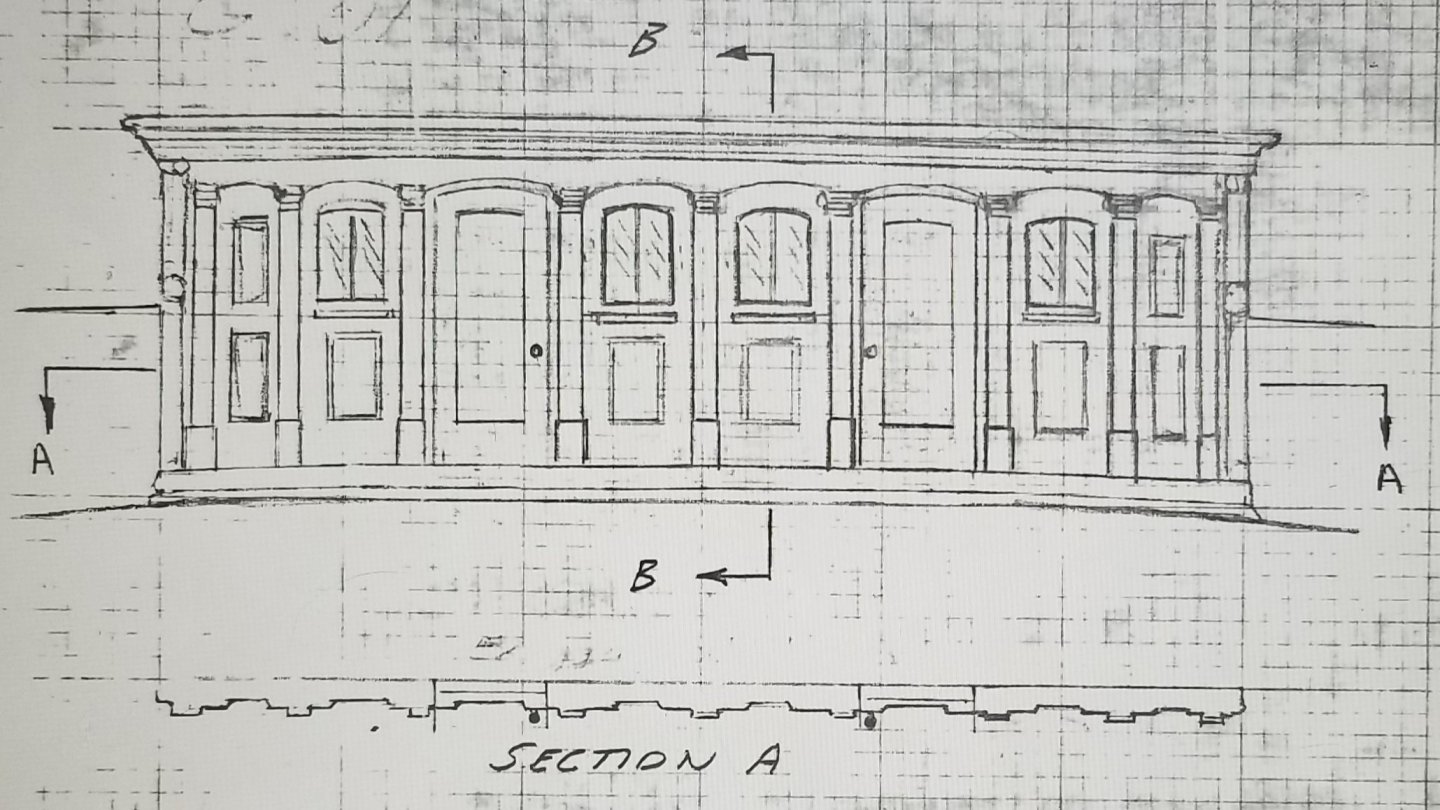
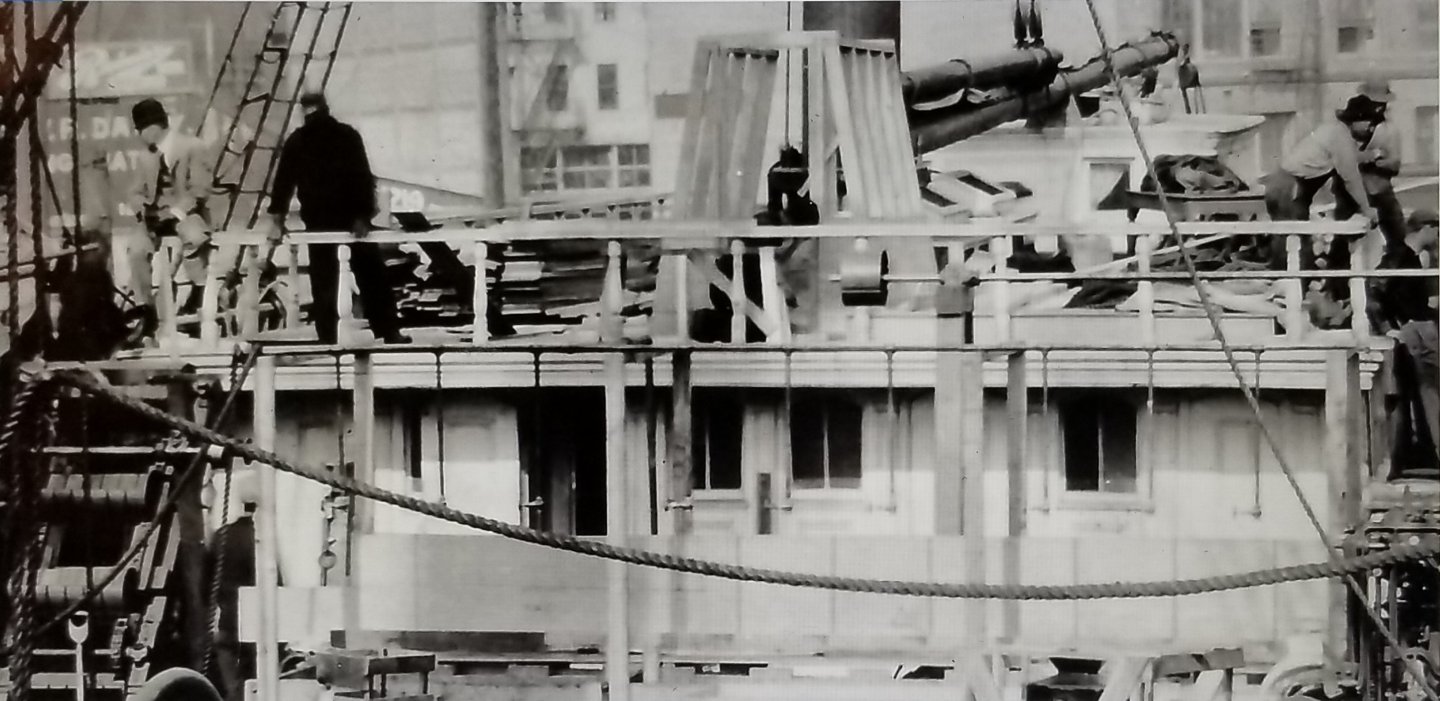
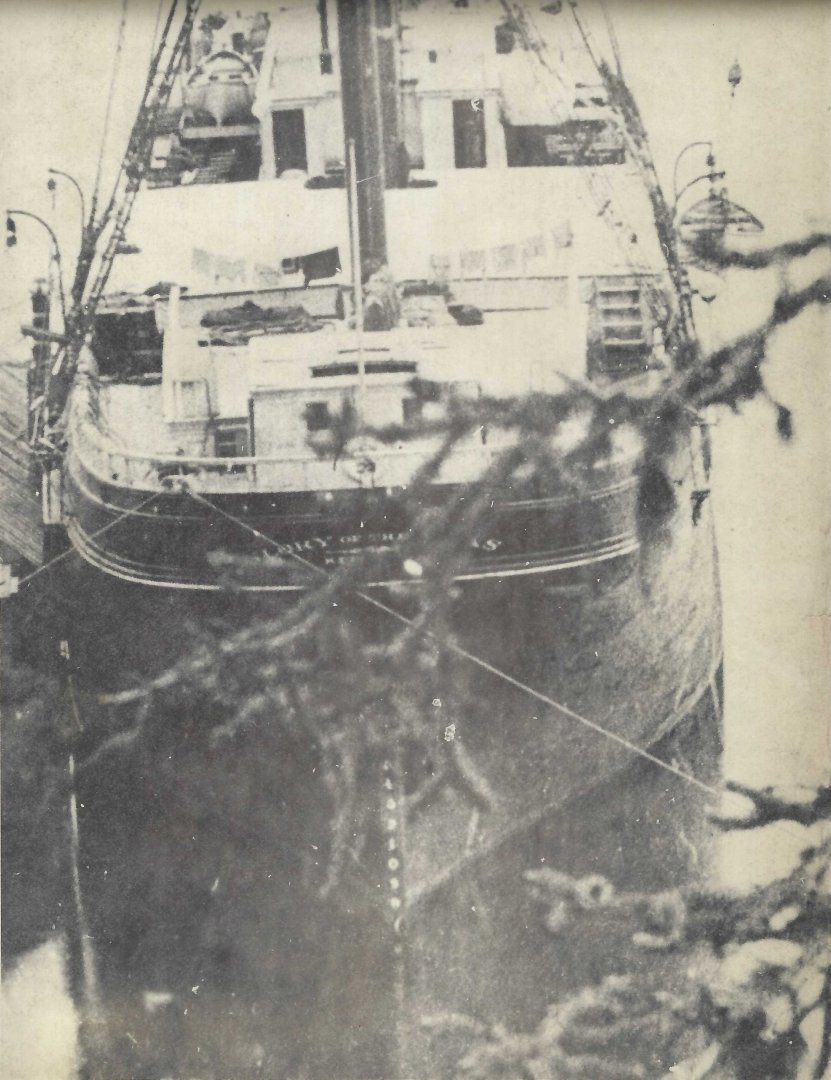
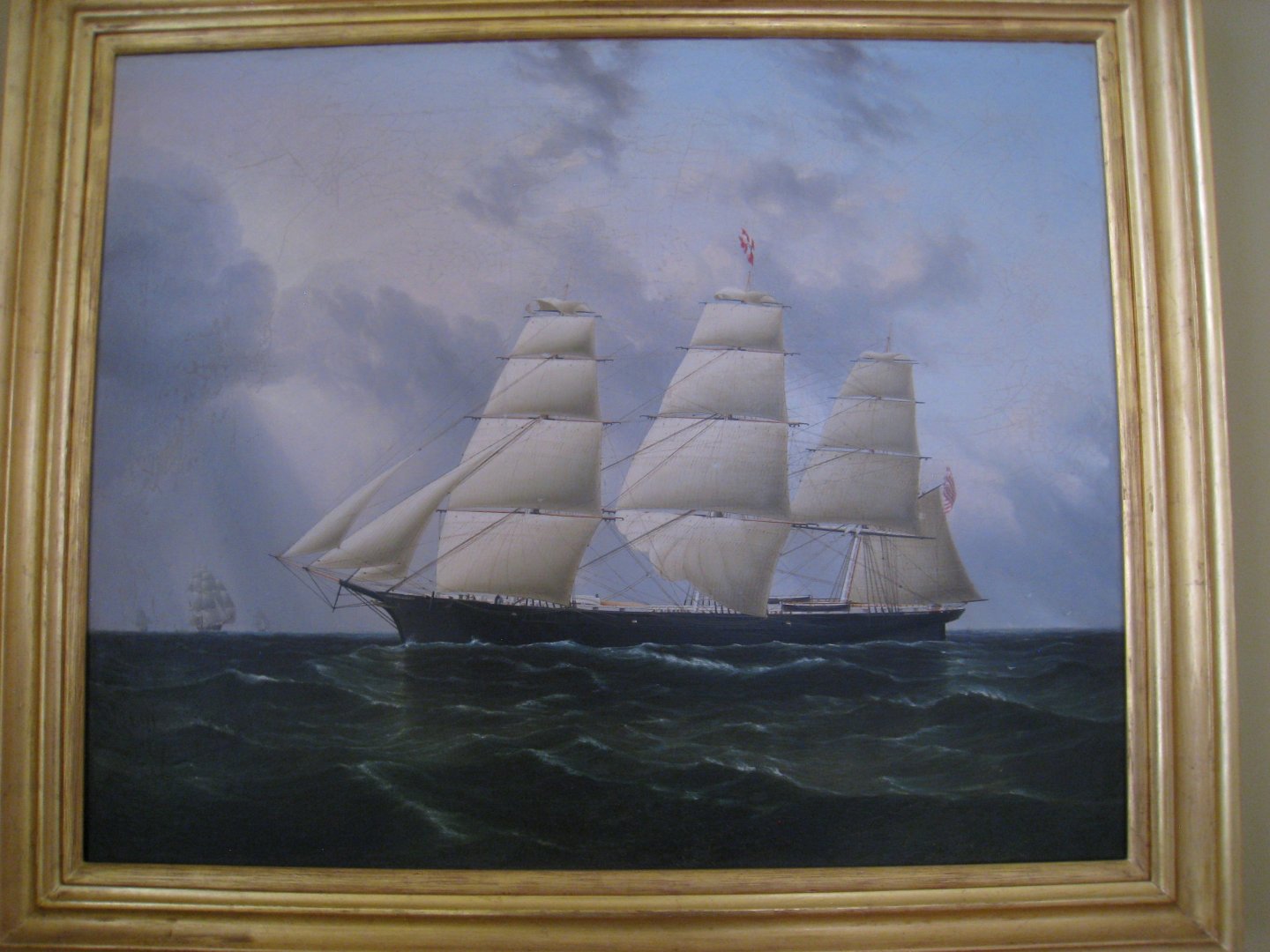
.thumb.jpg.fcb36b3be983c7cfc4a60143f2bdbb99.jpg)
_-_Sovereign_of_the_Seas.thumb.jpg.251d35fd03fbe432acd2e5419e2063a9.jpg)
.jpg.fe0ed82c79e86550dd241c6e28094dcc.jpg)
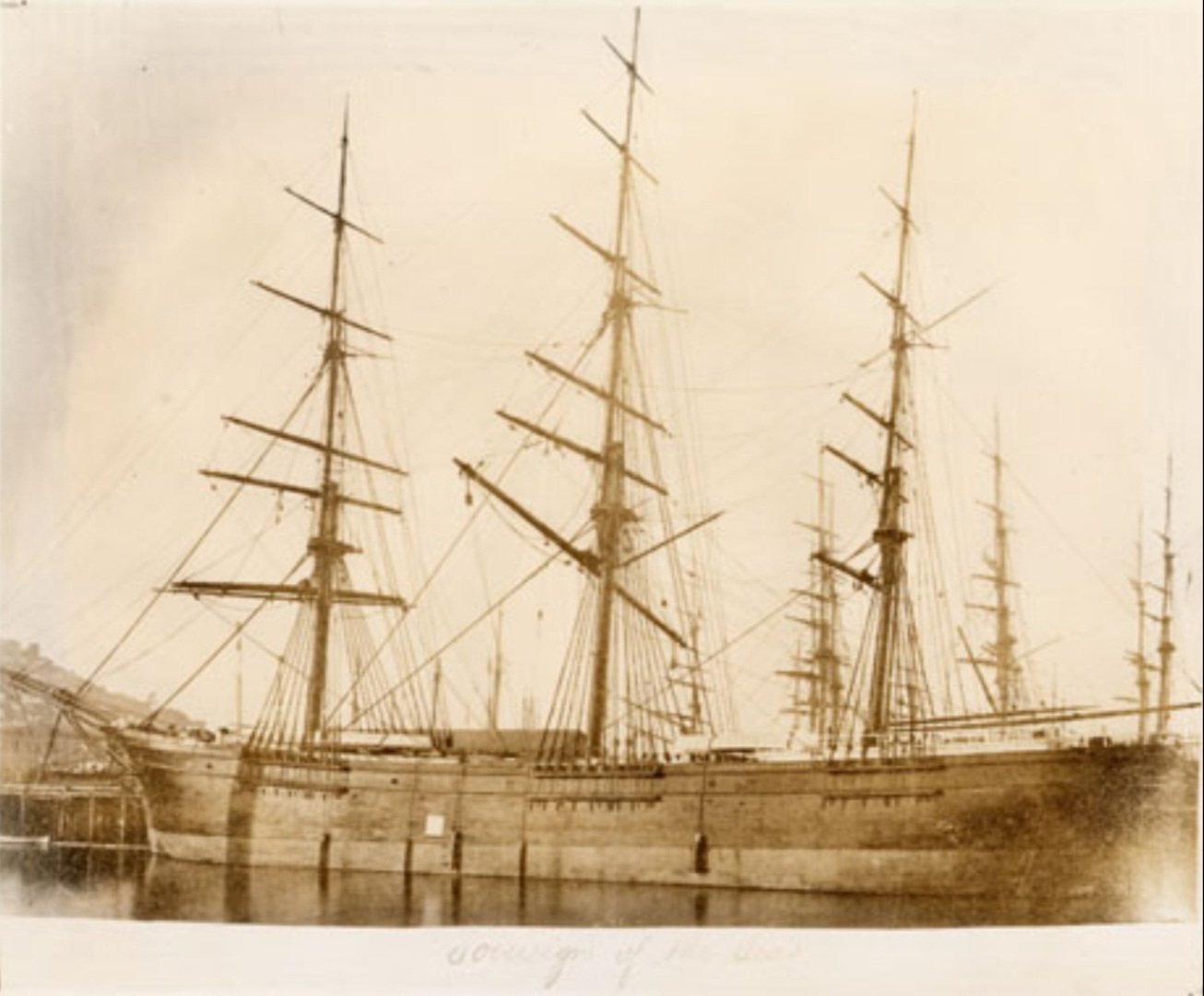
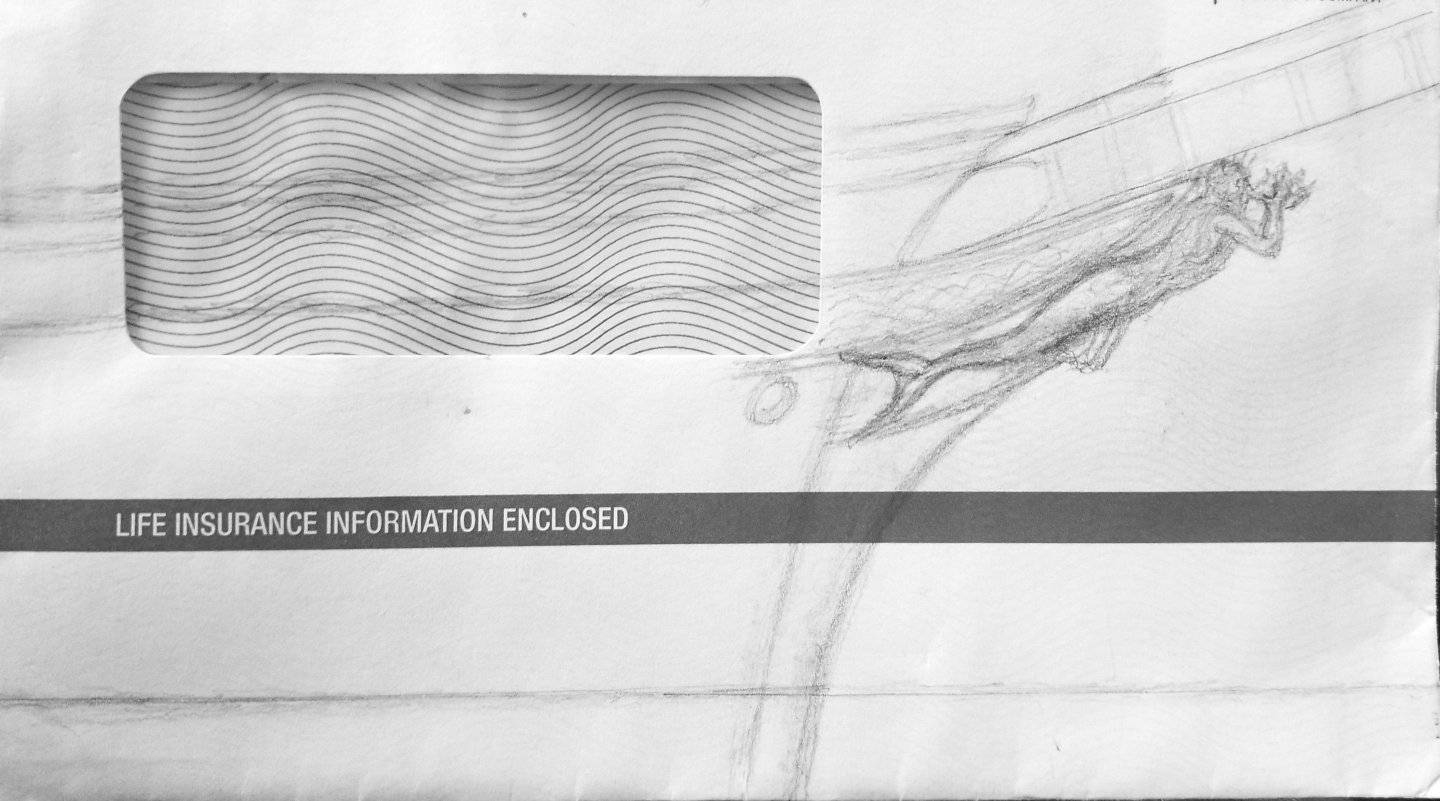
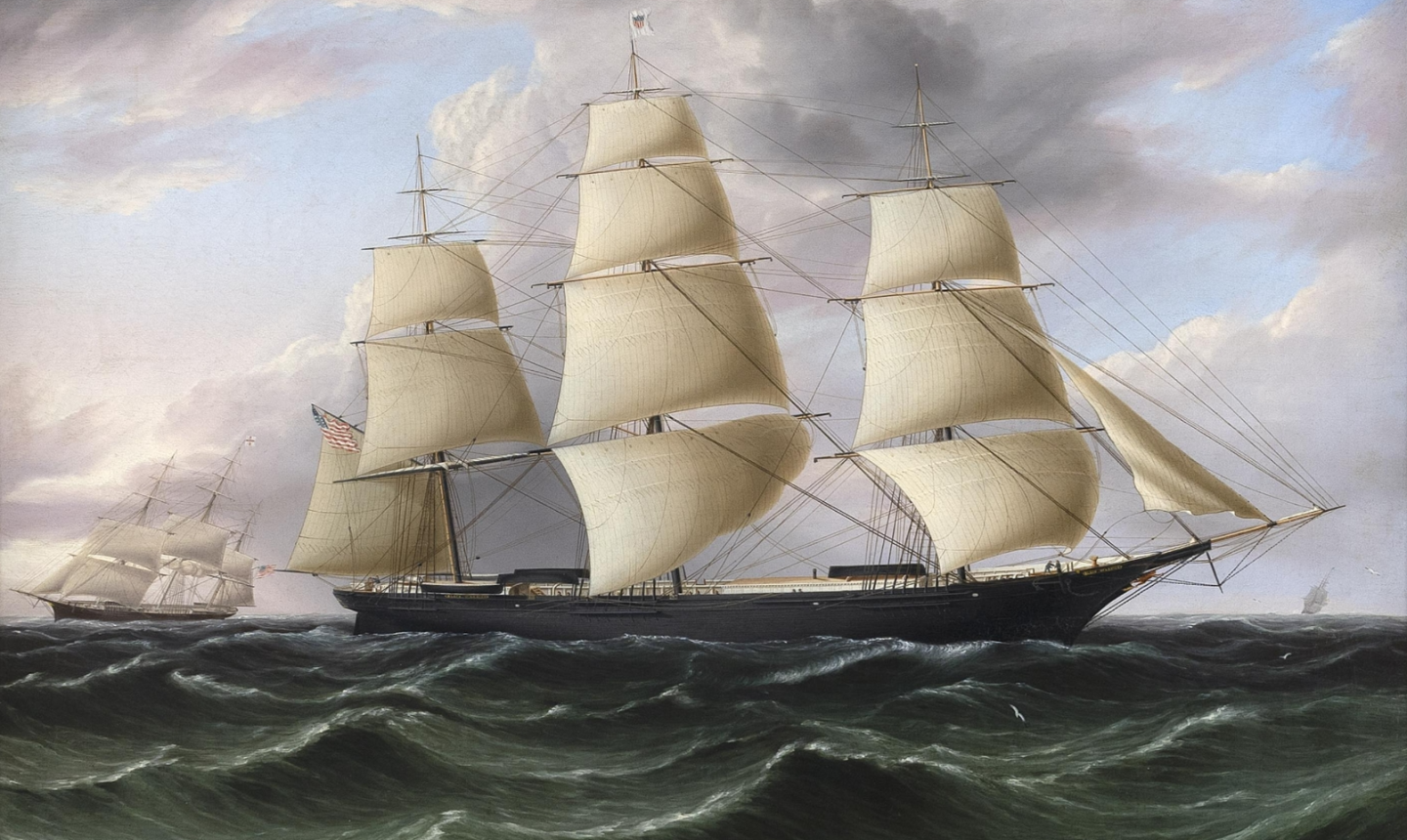
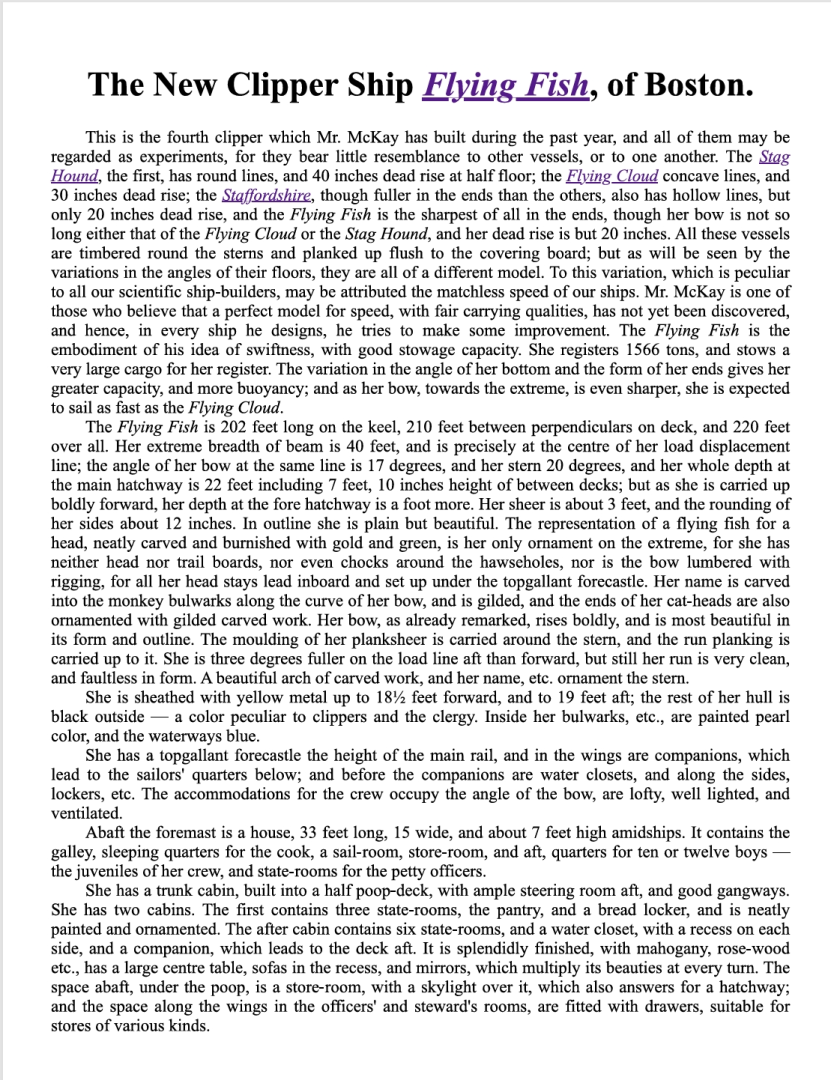
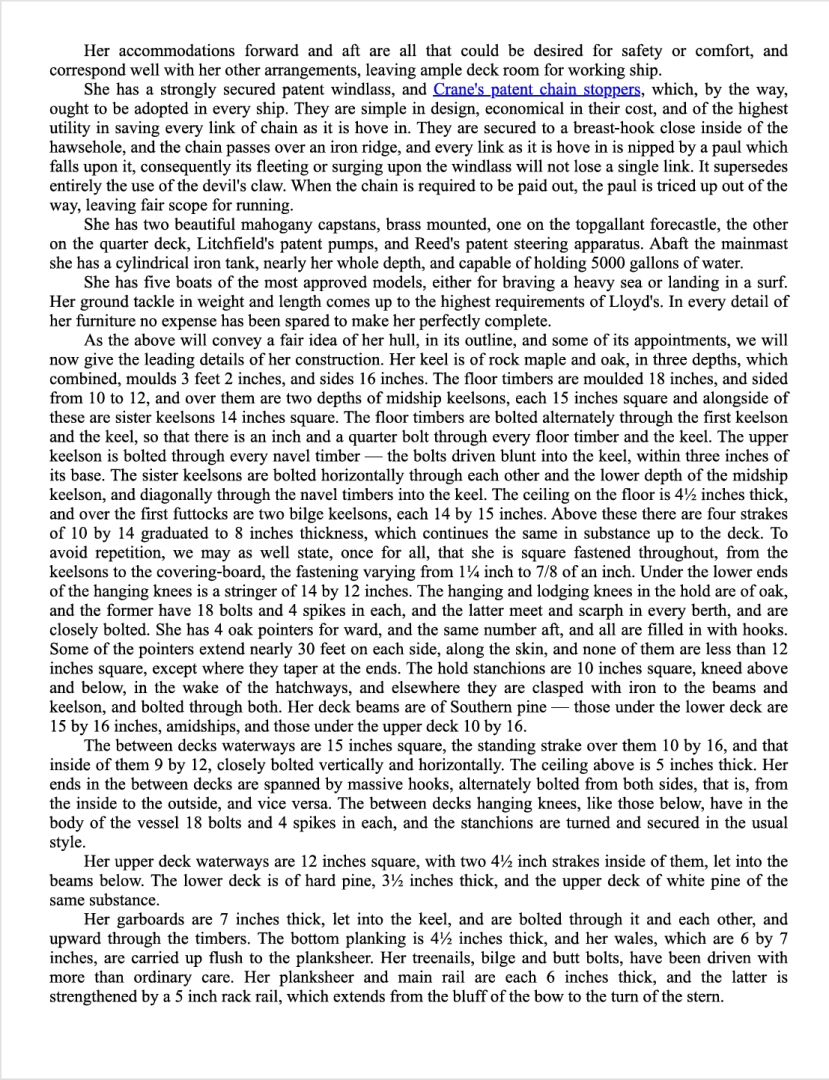
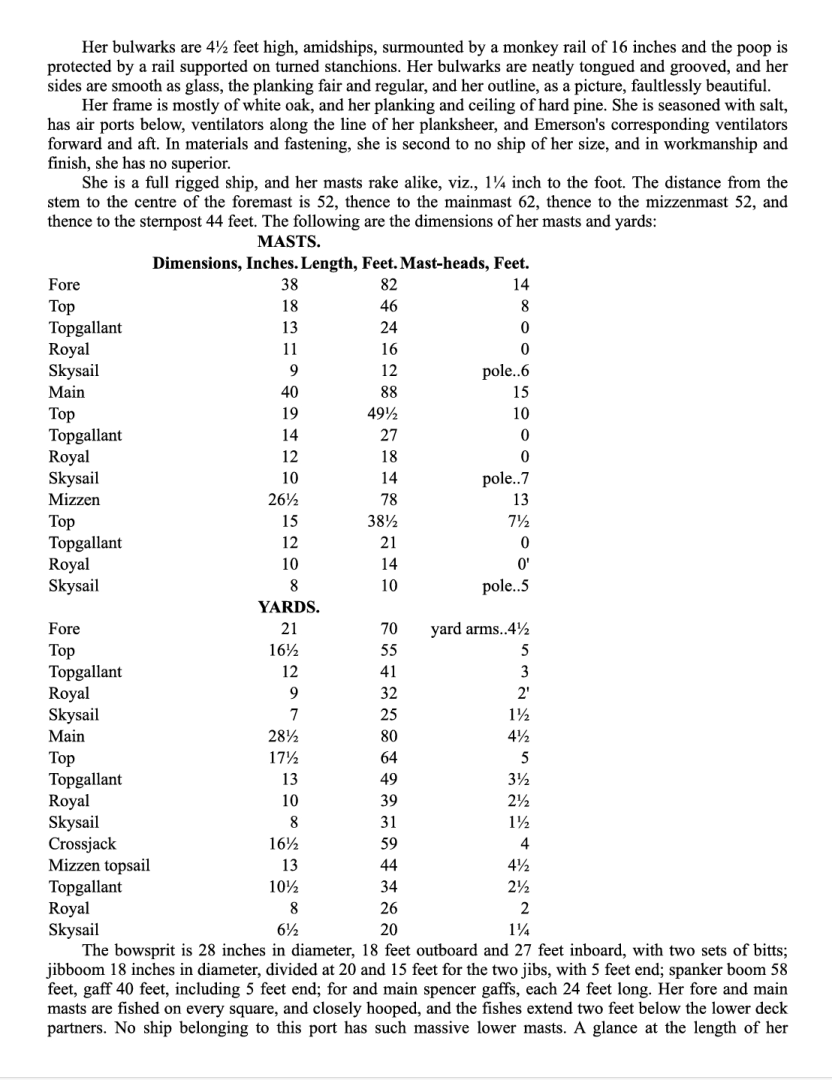
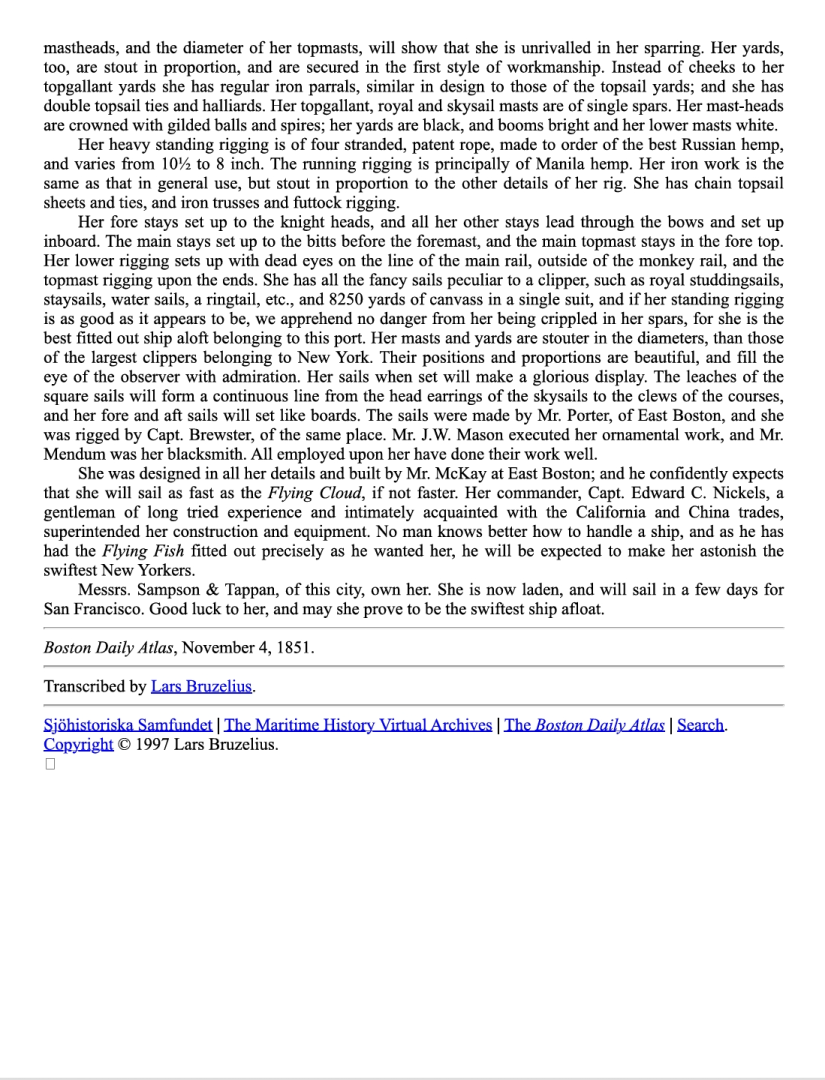
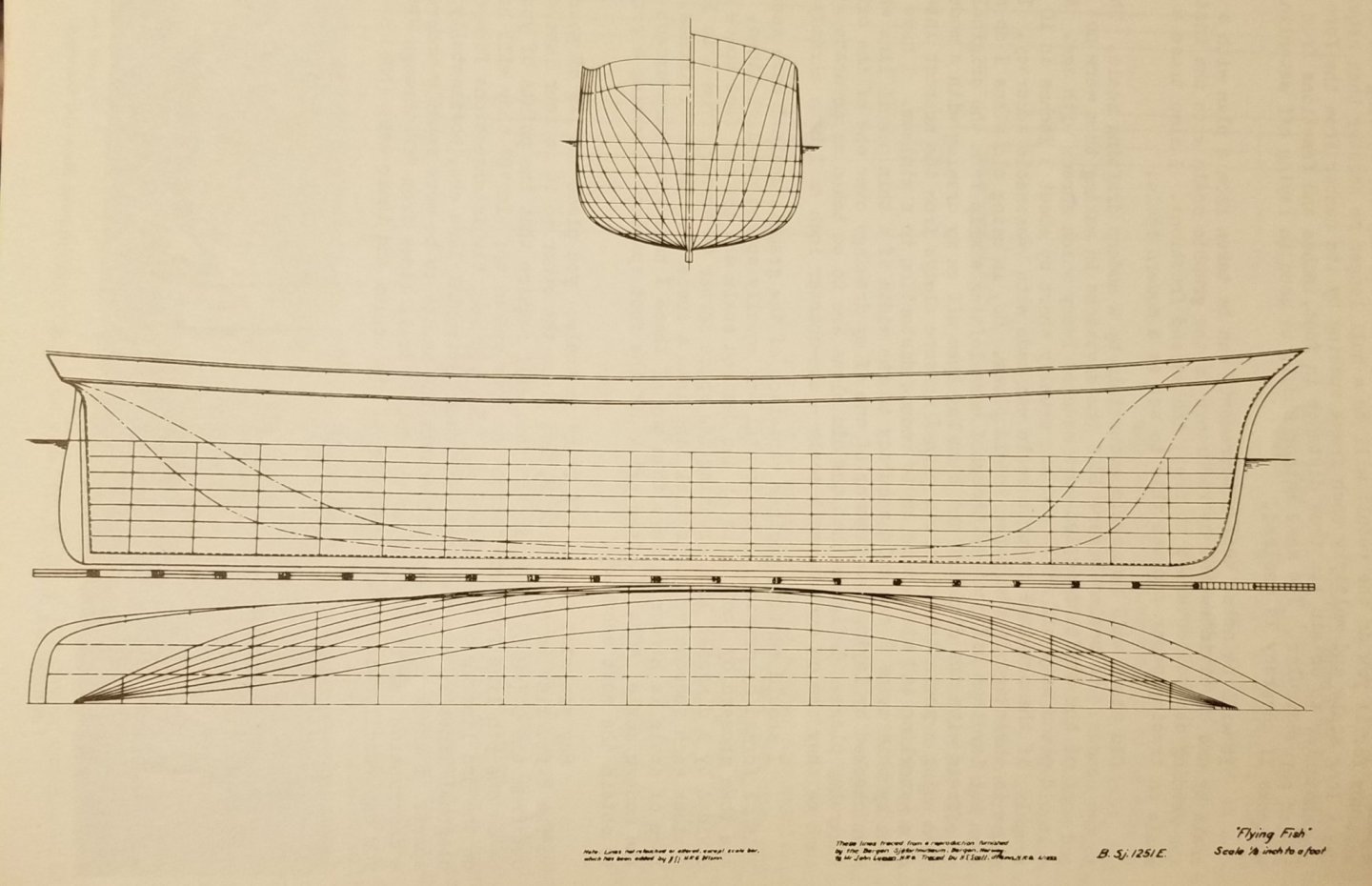
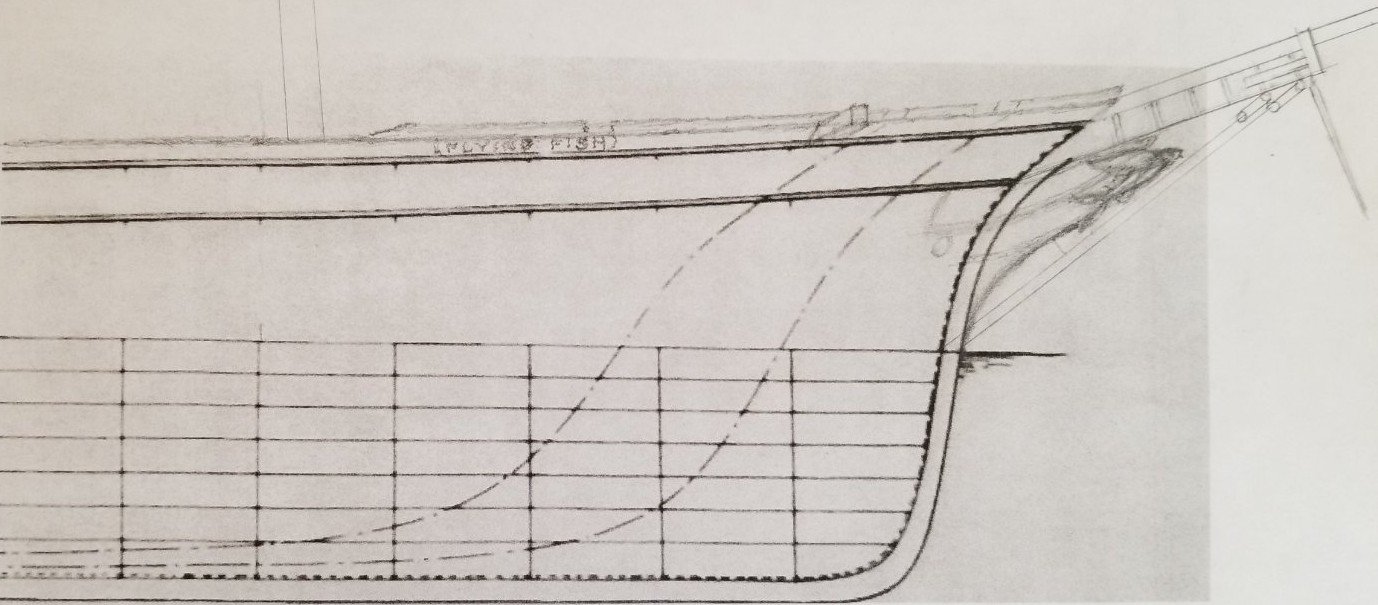

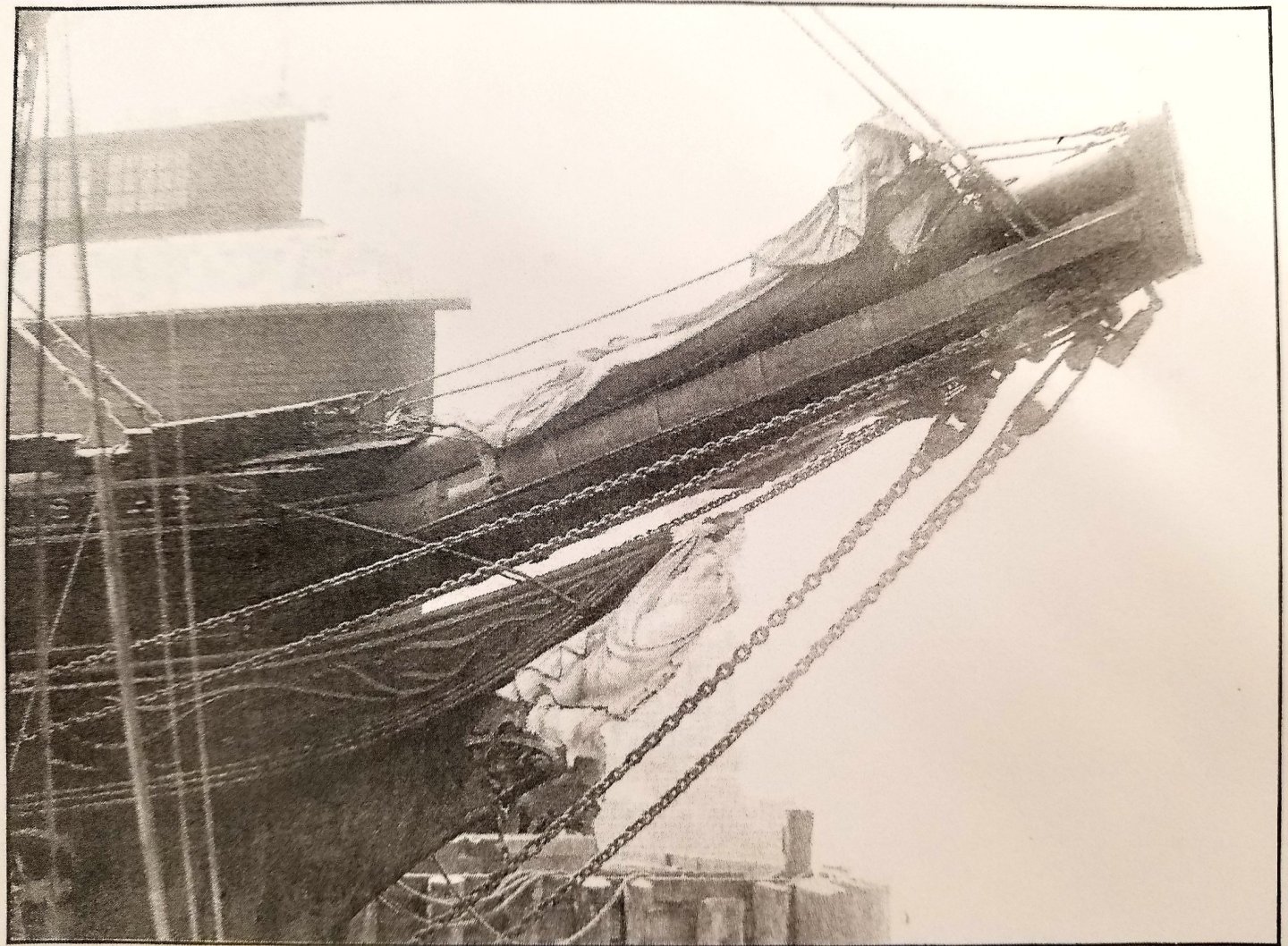
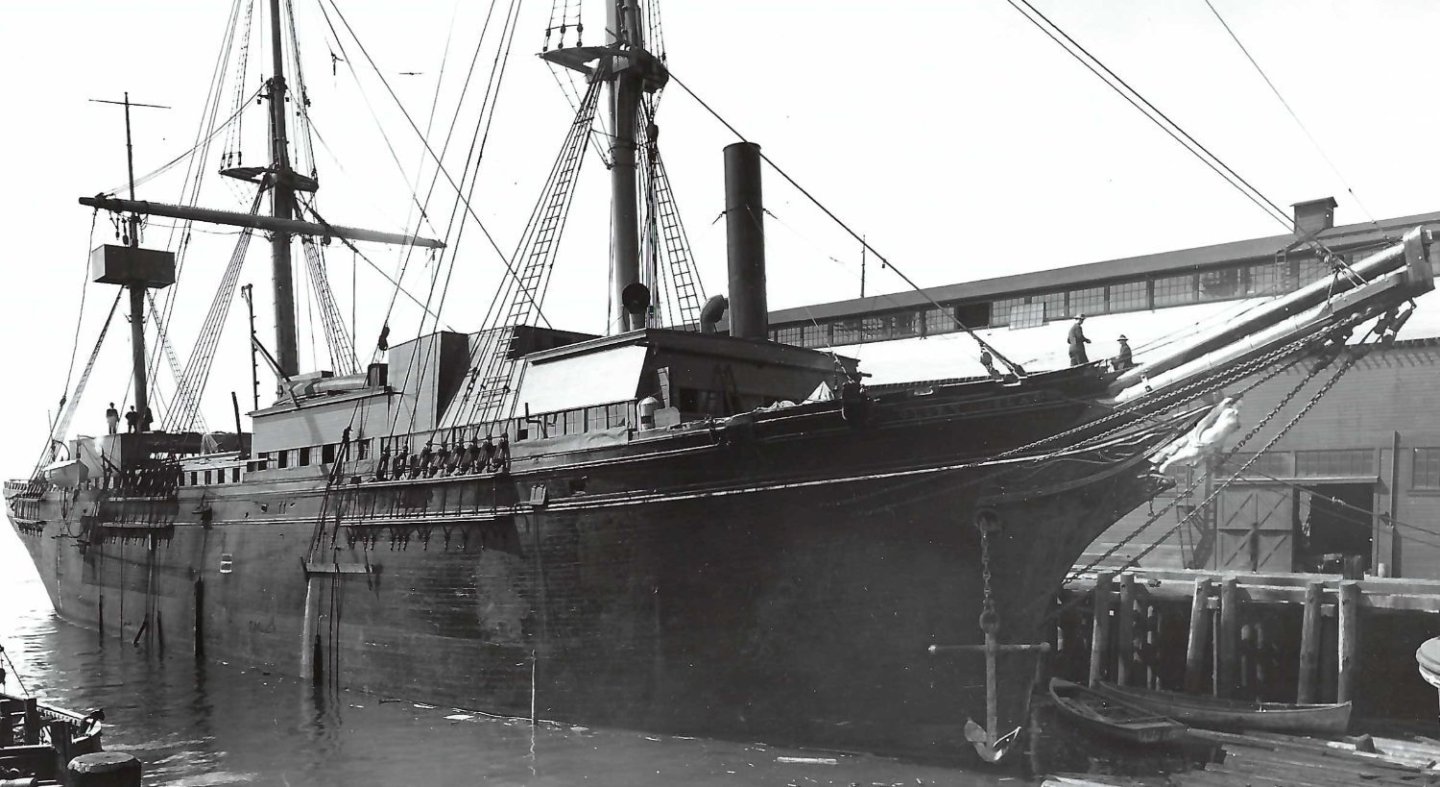
.thumb.jpg.06d9b9e63fcf1b9048d347c54ae08ed6.jpg)
.thumb.jpg.21911ca8ad67468c2f99f6ba34ce80ac.jpg)
.thumb.jpg.ead712b261a0bb607c102331ca06bb96.jpg)
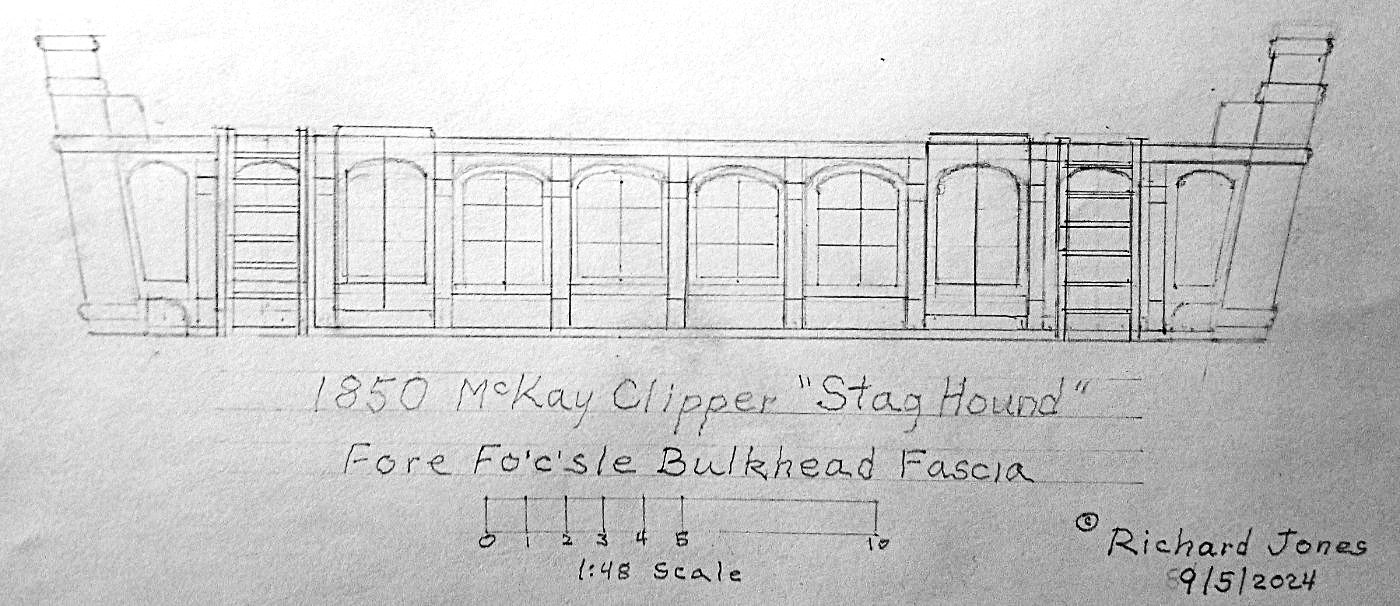

.thumb.jpg.ecd037320e267a78feaa22f6e5013e29.jpg)
.thumb.png.427f31853ac580802f70247161eb754a.png)
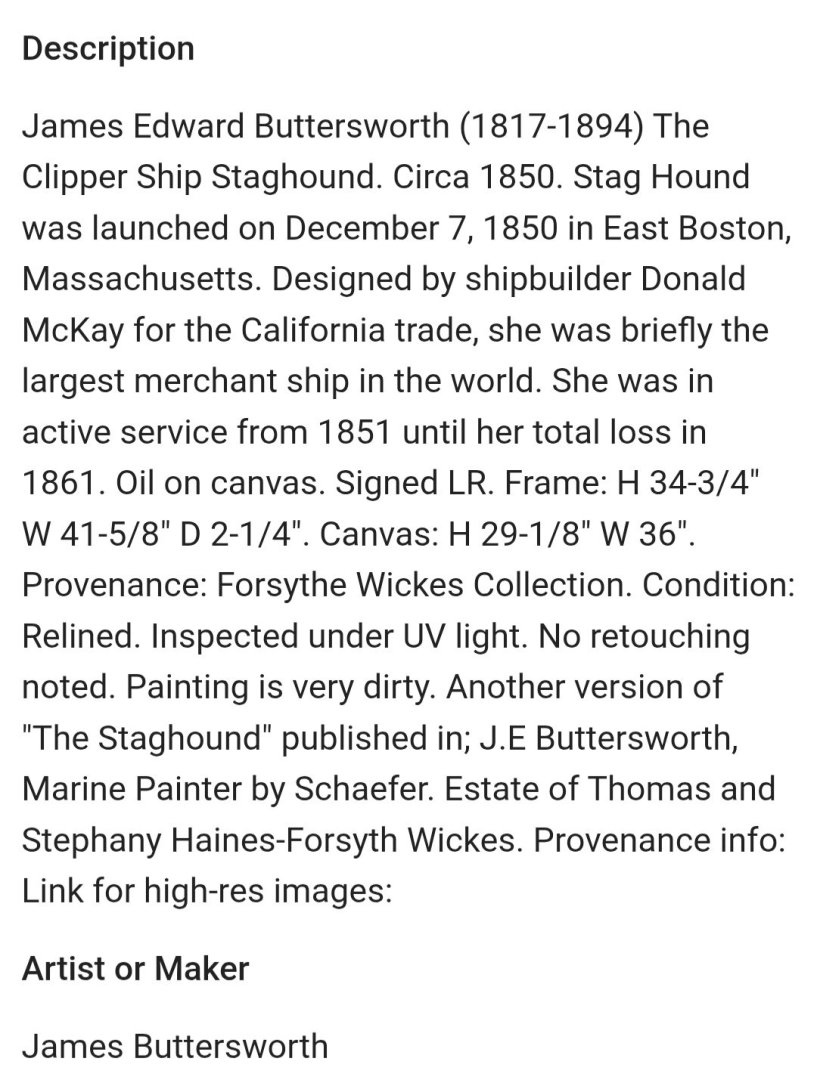

.jpg.1ff49f26e09810643d5cb30c1ad8f9f9.jpg)
